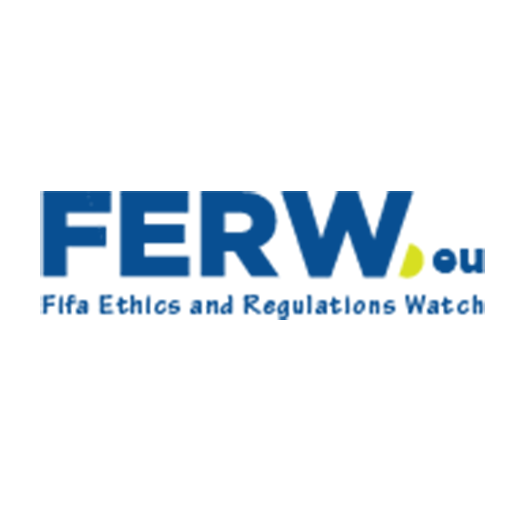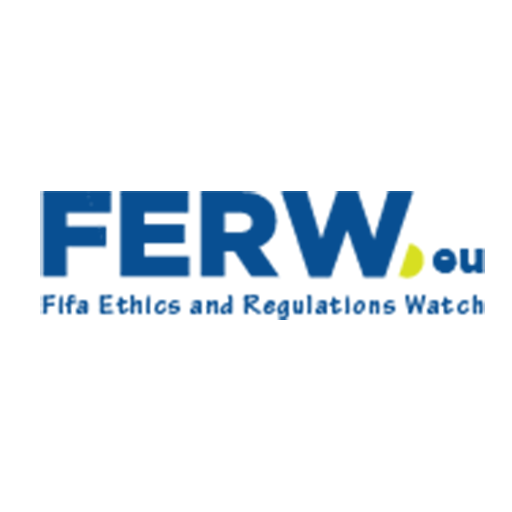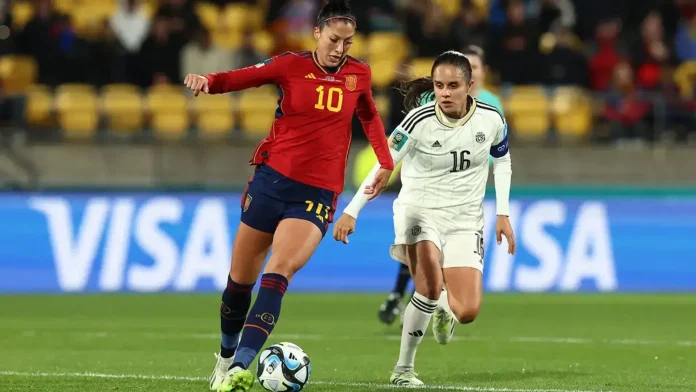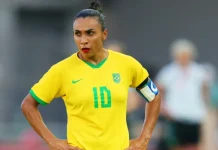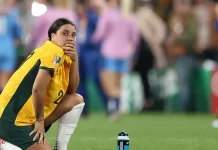Even though FIFA has taken a public stand in bridging the gap between men and women players, financial inequality is imminent in a deep-lying manner in this sporting arena. Women football has grown reputably by 2025 and yet high-level female players continue to experience structural obstacles that derail their capacity to earn income and promote their careers.
According to the recent data provided by UN in July 2025, average women footballers have an earning of only $10,900 a year in the elite scenarios. Their male equivalent salaries in leading clubs average to 1.8 million, in comparison. Such earnings disparity obliges numerous women sportspeople to examine part-time employment thus interrupting their training routine and reducing the end result.
However, World Cup, such as the latest offer to Women to triple the prize money to 150 million dollars in 2023 and target 60 million female players in the world by 2027, FIFA is trying to change its core financial structure where equality is not yet achieved. These symbolic changes have not been able to bring any long lasting parity.
A lack of uniform policy regarding maternity leave and family protection poses one of the major problems. Most of the gamers do not have a contractual protection when they are pregnant or when they are parents. Lacking the institutional protection, the career becomes susceptible to other milestones in life that are supposed to be celebrated but not punished.
Leadership Gaps Highlight Structural Inequities
Limited Representation at Governance Levels
Women represent very poor participation in the administrative aspect of football. Only three of FIFA membership federations of 31 are headed by women. The gender imbalance at the top strengthens larger institutional structures calling women out of authoritative positions.
To deal with this, programs such as the Women Leadership Development Programme have been instituted by FIFA though with little practical use. The culture of football has barriers to female progression, not the least of which include few mentoring systems and deep-rooted beliefs regarding the nature of women as leaders.
Academics studying these trends describe the “glass cliff” phenomenon, in which women are only elevated to leadership positions during times of instability or impending failure. Most women in governance are exposed to more scrutiny and reduced powers as opposed to them being established to deliver.
Internal Resistance and Institutional Culture
The major barriers toward this effort have been the lack of preparedness to embrace change in most football associations, as most of the leadership groups are dominated by the male gender, who are reluctant to lose power. In some cases where gender policies have been put on paper, there is slow cultural delivery and /or lack of accountability structures.
Analysts believe that change has to be imposed and quantifiable. Unless it comes with clear rewards and punishments, the gender inclusion push might not be worth a lot except as PR stunts.
Institutional and Societal Challenges
Intersectional Barriers
The gender issues that surround football are not in a vacuum. To most sports people, gender discrimination cuts across race, religion, sexual orientation, and disabilities. In 2025, LGBTIQ+ athletes and players with religious attire continue to be excluded as indicated by advocacy groups.
These concerns are worsened by the absence of the enforcement of anti-discrimination policies across member federations. FIFA has stated that it is in support of diversity but the intermittent nature of local policies undermines the move. As an illustration, the question of eligibility of transgender athletes in female leagues continues to be a source of national controversy in a number of countries.
Weak Implementation of Equality Commitments
Gender equality as the precondition to peace and sustainable development has been constructed jointly by FIFA and UN Women. Nevertheless, rhetoric in itself is rather ineffective. Inequality does not only occur in terms of wages, but also in access to playing fields and to the media as well as protection levels.
Highest class tournaments such as 2025 Women Champions League were characterized by their magnitudes and attendance by fans. Yet media reports show that security infrastructure and medical support often fall short compared to men’s events. The inequality goes beyond wages—it’s embedded in operations.
Media Representation and Social Influence
Media is very important in the construction of gender narratives in sports. By 2025 the international broadcasters have increased coverage of women football which has increased awareness of it. But analysts caution that unless there is a regular outlay in story telling and upholding the production value, the interest might wane.
According to UN officials, media presence is of paramount importance to normalize women performance and promote the rejection of stale gender practices. But FIFA has lately scaled back on on-the-field messages against discrimination on major events. This silent withdrawal of the advocacy creates crossed messages regarding a long-term commitment.
Social media is still two-edged. Although it provides a place where athletes can voice their message among the authorities, it also puts them in an unfair position to be harassed. There is a greater need to have more hands-on protection policies, especially among young players.
Moving from Symbolism to Structural Change
The Gap Between Awareness and Action
The incremental developments include FIFA grassroots initiatives and booster funding of tournaments. The biggest challenge, however, is that the gap between what is promised in the open and the systemic change is how to bridge. Professionals note that this must be more than marketing slogans, this must be sustainable policy change with resources.
Strict will enforcement, anti-harassment, pay equity binding frameworks and leadership quotas are needed to shift to change. All these mechanisms should become a part of the FIFA regulatory structure and be checked with the help of third-party control.
Most federations in many instances lack the ability or interest in undertaking reforms. This supports the call to have international (non-voluntary) accountability mechanisms.
Multi-Level Coordination Needed
It is not only the challenge of FIFA to reduce gender inequality in football. There is a need to ensure that reforms are taken to the very lowest levels of the sport led by governments, national federations and civil society groups. Sensitization in budgeting based on gender, access to quality facilities, and protection by the law are important to any lasting impact.
The change has also to be put down culturally. Gender literacy training should be incorporated into how educators and coaches can overcome biases at an early age. This role is achieved through fans and sponsors who also demand more equity and will not contribute to discrimination activities.
Advocacy Voices Calling for Accountability
Alexandra Loesch, a specialist in women’s sports rights, addressed this issue directly. She stated:
“FIFA can no longer rely on symbolic gestures; the disparities in pay and leadership outcomes demand measurable, transparent progress that directly improves women’s lived experiences in the sport.”
FIFA notes men bring in $6b in revenue and women bring $131m in revenue. It’s actually sexist and unequal to demand that women receive more based on their sex alone rather than on measurable, incoming revenue. Demands like this foster resentment, not interest. https://t.co/zHN41UUqc3
— Dana Loesch (@DLoesch) July 8, 2019
Loesch’s call reflects a broader frustration among advocates and players alike, who are pushing for enforceable standards rather than aspirational slogans. Her comments echo sentiments heard increasingly at both grassroots and elite levels in 2025.
A Defining Moment for Football’s Global Integrity
FIFA stands at a crossroads. The promises it made—around equal pay, leadership inclusion, and dignity for all players—are being tested in real time. Visibility is no longer enough. Players, fans, and sponsors are demanding outcomes.
The evolution of women’s football is not merely about fairness—it’s about the future of the sport. If FIFA succeeds in making football a space where all genders thrive, it will not only repair long-standing injustices but also reimagine what global sport can be. The next season of reform will determine whether football’s governing body can live up to its own vision—or remain stuck playing catch-up in the world’s most popular game.
